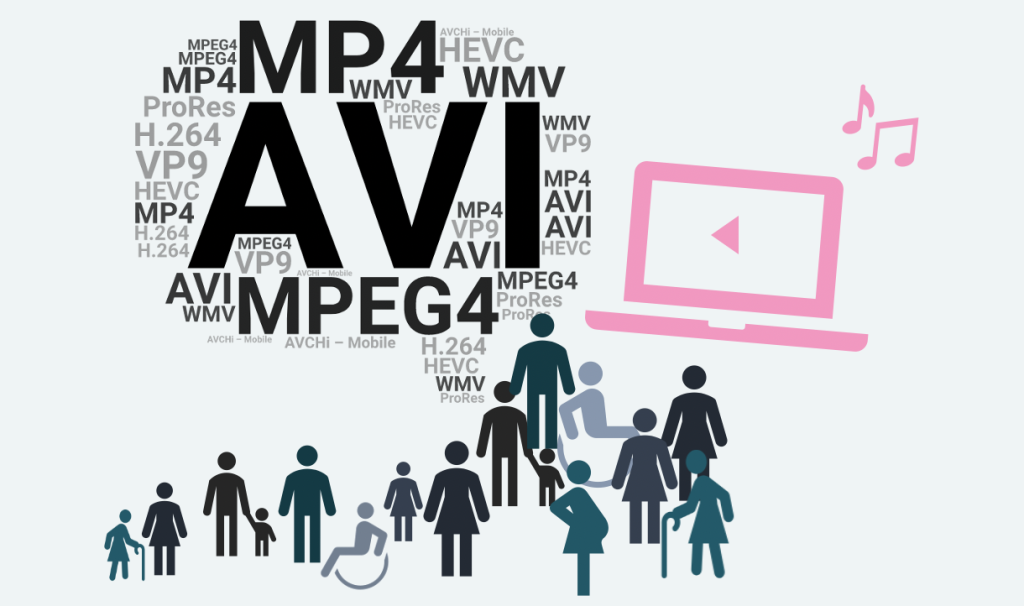MPEG

Unlocking the Magic of MPEG: Revolutionizing IPTV Technology
Introduction:
MPEG, or Moving Picture Experts Group, stands as a cornerstone in the evolution of IPTV technology. Its significance transcends mere compression standards, shaping the way video content is encoded, transmitted, and decoded in the digital realm.
What is MPEG?
MPEG Standards, established by the International Organization for Standardization (ISO), integrate various compression algorithms for audio and video data. Consequently, this suite of standards transformed digital media, enhancing the efficiency of multimedia content storage and transmission.

Understanding its Impact on IPTV:
MPEG’s influence extends deeply into the realm of IPTV, where efficient compression and encoding techniques are paramount for delivering high-quality video streams over the internet. By employing this standard, IPTV providers can optimize bandwidth usage while maintaining optimal video quality.
Exploring MPEG’s Role in IPTV Delivery:
These Standards facilitates the transmission of IPTV content by compressing video data into manageable streams, thus reducing the burden on network infrastructure. This enables seamless delivery of live TV, on-demand videos, and interactive services to viewers’ screens.
Evolution of MPEG in IPTV:
Over the years, The standards have evolved to meet the increasing demands of IPTV services. Additionally, from MPEG-2, the foundation of digital television, to MPEG-4 AVC/H.264, which offers superior compression efficiency, each iteration has enhanced the IPTV viewing experience.
Future Trends in These Standards for IPTV
Looking ahead, the future of this comparison in IPTV holds promising prospects. Emerging technologies like HEVC (High-Efficiency Video Coding) and VVC (Versatile Video Coding) are poised to revolutionize video compression, offering even greater efficiency and compression ratios. These advancements will enable IPTV providers to deliver immersive 4K and 8K content seamlessly while adapting to evolving network conditions and consumer preferences.




0 Comments